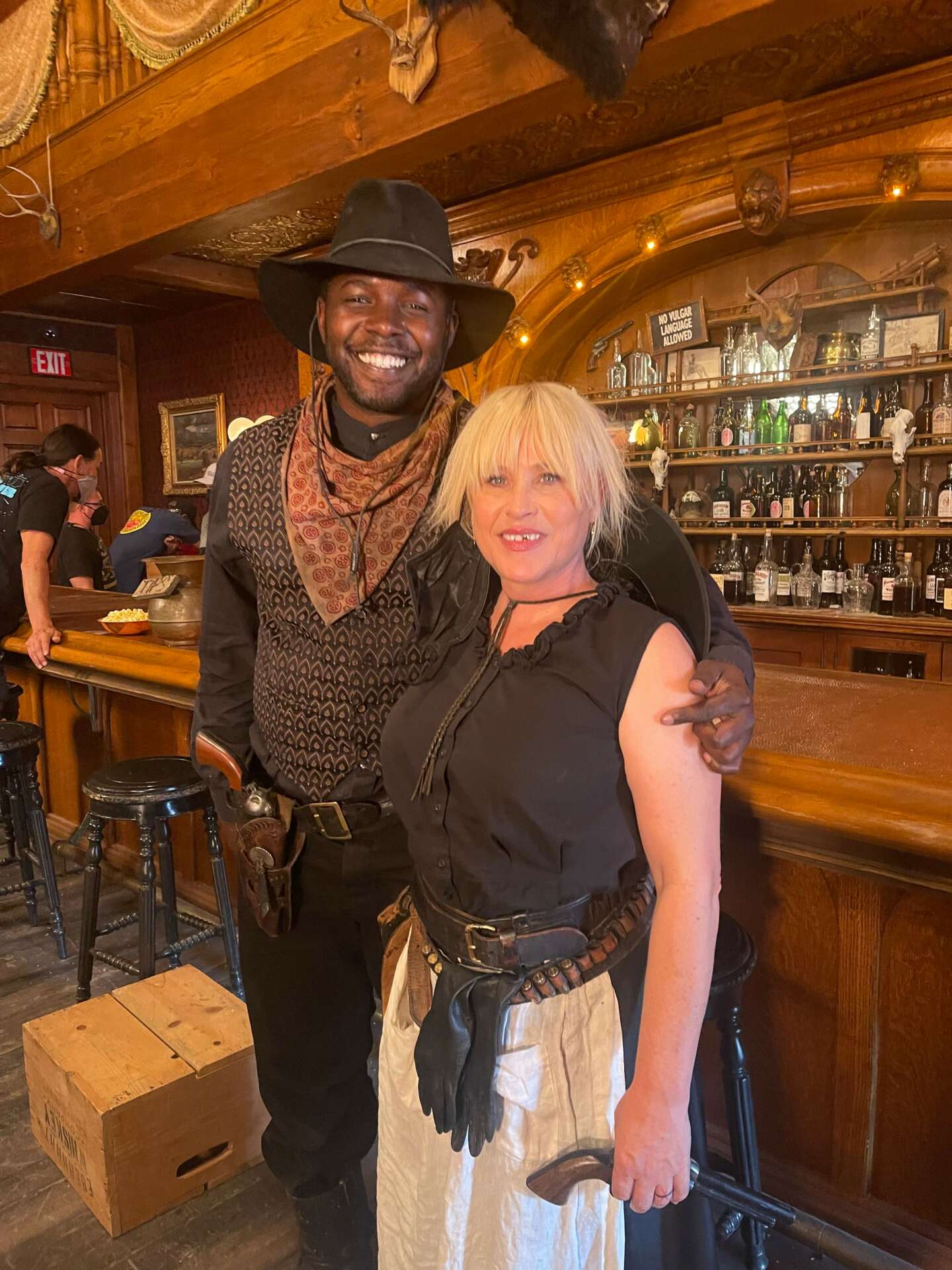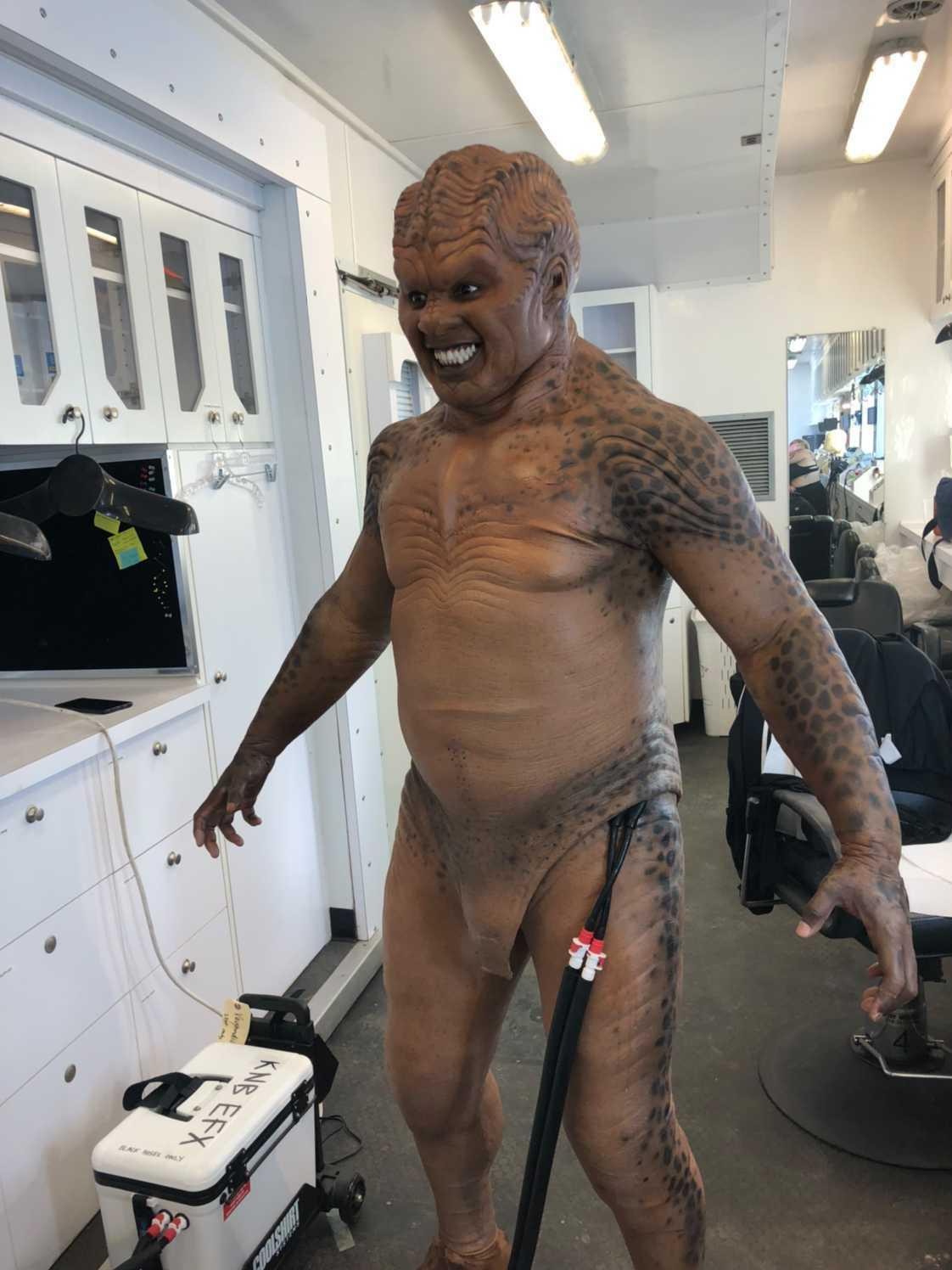We were lucky to catch up with Vaughndio Forbes recently and have shared our conversation below.
Alright, Vaughndio thanks for taking the time to share your stories and insights with us today. Was there an experience or lesson you learned at a previous job that’s benefited your career afterwards?
One of the most important things that I learned before entering this creative career is that you will fail. Everyone has this stigma of not failing at something but it’s just a part of the process. When you fail you learn from your shortcomings and become better for it. You shouldn’t ever shy away from dealing with your failures and completely give up. Giving up means that you aren’t willing to change or grow and it’s detrimental to your journey as a creative.


Awesome – so before we get into the rest of our questions, can you briefly introduce yourself to our readers.
I’m originally from Nassau, Bahamas and I moved to the states for a better life. I eventually moved to Los Angeles, to pursue my dream of being a stunt performer. I got into the stunts by networking with people through emails and social platforms before I even came to LA. I would ask people for advice and help to navigate the environment, training, etc, until my chance came to take the leap.
In terms of services that I provide, I’ve been a Stunt Coordinator for projects like music videos with the likes of Ozzy Osbourne, Bon Jovi, Black Eyed Peas, etc. I’ve also coordinated a Google Pixel commercial, as well as a Tadiran commercial featuring Morgan Freeman. I’ve been a stunt double for Gucci Mane, Kenan Thompson, the late great Andre Braugher, Peter Macon, Chad Coleman, etc. I’ve had the opportunity to do creature suit/prosthetics work on The Orville, and motion capture for shows like Super Giant Robot Brothers on Netflix, as well as the Midnight Suns video game. Being in stunts has helped me to become a better filmmaker and video editor which I use to help edit a whole slew of content. As an added artistic skill, I do illustrations in Adobe Photoshop/Illustrator and create 3d models in Maxon Zbrush and Autodesk Maya. I’ve done videography for live events, particularly with high end and classic cars.
The types of problems that I solve for my clients typically involve what makes the project look better. I do my best to help a producer or director flesh out what they have in their heads so that they don’t have to stretch their imagination. I also have to help them keep what they envision within their budget, which is sometimes a little tricky. What sets me apart from others is that I have zero ego, so if I have to work with someone I do my best to cater to their needs within reason. Sometimes there is a problem and the best thing to do is to come up with a solution instead of letting the problem consume time and resources. The number one thing I bring to the table is an open mind and that has helped me in so many situations, not just on a project, but in life.
I’m most proud of the fact that I came from a poor country and I made my dreams a reality. So many people don’t get a chance to make that happen and I feel fortunate that I’ve been able to do it regardless of the setbacks and sacrifices that I’ve had to make to get here. The main things that I want everyone to know about me is that I work hard and smart. I help to make sure that everyone looks good, because at the end of the day, you want someone in your corner who will troubleshoot and give great creative solutions for anything that you come up with. I also know when to speak up if something needs to change from a safety perspective, or if something is visually not up to par with what you want. I’ve been in the entertainment industry for 11 years and that experience has been one of my invaluable assets.


What’s the most rewarding aspect of being a creative in your experience?
The most rewarding part of being an artist is seeing the life cycle of an idea. Seeing an idea go from a thought in someone’s head to a concept/storyboard to filming and post production is so satisfying in itself. To know that there were so many moving pieces of a project and to see it to fruition gives me a feeling of accomplishment that I was able to be even a small piece of the puzzle.


Do you think there is something that non-creatives might struggle to understand about your journey as a creative? Maybe you can shed some light?
Non creatives don’t usually understand all the work and practice that goes into being a creative. For instance, when a client asks for art and they want an unreasonable turnaround time. They don’t think about how their idea has to go through multiple iterations with constant change. Also that it takes skill that was acquired from years of training to be able to give them what they’re asking for. They also don’t seem to trust the artist to do what they were paid to do, even if the artist has experience and opinion that may make the client’s project look even better than what they expect. I’d say that a non creative should maybe look into the components and labor of a creative, so they can better understand what they go through to make a final product. It may bring new perspectives on how to be more mindful and patient.

Contact Info:
- Instagram: instagram.com/kamenblackguy
- Linkedin: https://www.linkedin.com/in/vaughndio


